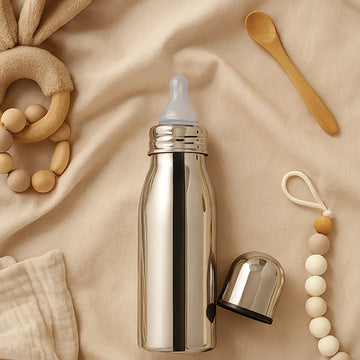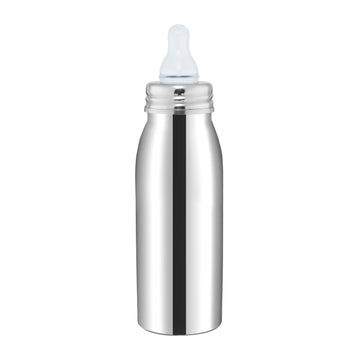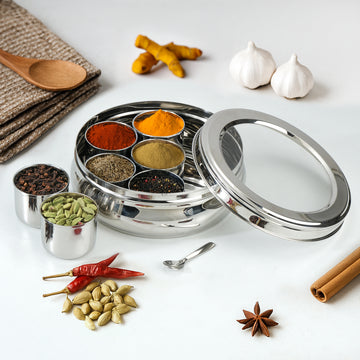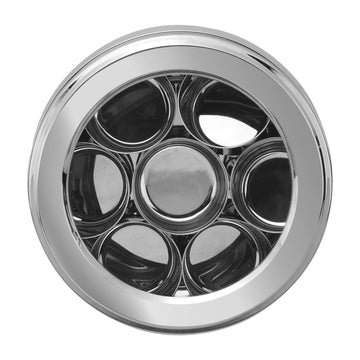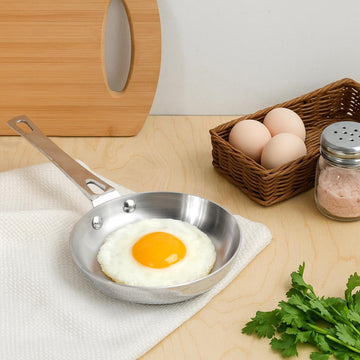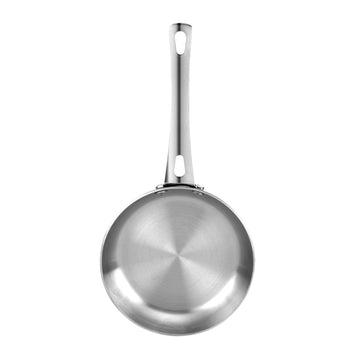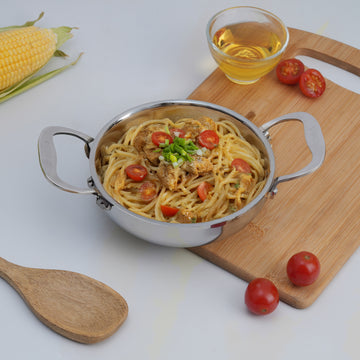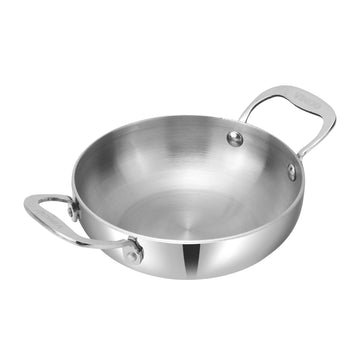Mastering the Art of Tadka
 ‘Mast Tadka Marke’ is probably one of the most popular phrases to describe Indian Cuisine. Most of the Indian dishes start and end with a ‘tadka’. Tadka means tempering. Tempering is extremely important to bring out the flavour and flavour is everything in Indian cuisine.
‘Mast Tadka Marke’ is probably one of the most popular phrases to describe Indian Cuisine. Most of the Indian dishes start and end with a ‘tadka’. Tadka means tempering. Tempering is extremely important to bring out the flavour and flavour is everything in Indian cuisine.
Have you watched Frant Herbet’s Dune? There is a dialogue, ‘He who controls the spice controls the universe’ and this can be slightly differently worded to perfectly resonate with any Indian dish that involves tempering or tadka. ‘He who controls the tadka (tempering), controls the dish’! While tadka distinguishes Indian cuisine from other cuisines, it can, quite literally, make or break a dish. That is why it becomes important to master the art of tempering. Any budding chef or a home cook must know tempering to bring out the flavour and aroma of the food. It is an essential technique to infuse that deep, rich flavour into Indian dishes.
Let’s first understand what is tempering or tadka. It is the process of blooming spices in hot oil, ghee, or even butter, and then adding them to a dish to enhance its taste and aroma. Most spices are fat-soluble rather than water-soluble. To really get the flavour out of them, one needs to use fat. The high temperature causes the spices to release their essential oils and aromatic compounds, resulting in a burst of flavour. Tadka can be added to a dish before or near the end of the cooking process, giving the final preparation its unique and distinct taste.
Moving on to the cookware to use, you need a tadka pan that can withstand high temperatures and distribute heat evenly. Vinod Cookware offers a range of products in different sizes perfectly suited for the art of tadka.
- Vinod Hard Anodised Tadka Pan: The hard anodized tadka pan from Vinod Cookware is an excellent choice for tadka. Its thick base ensures even heat distribution, while the hard anodized surface is non-reactive, making it ideal for tempering spices without any unwanted flavours.
- Vinod Platinum Tadka Pan: The stainless-steel fry pan is another great option for tadka. Its sturdy construction and excellent heat retention capabilities make it perfect for the quick and high-temperature cooking required for tempering spices.
Now it is imperative to start with the right kind of fat. Different regions of India have their variations of tadka, using various combinations of spices and oils. It is best to use the oil that is used in particular regional cuisine. For example, when making sarso ka saag, pick mustard oil or ghee. If you are preparing a dish that is regional to the state of Kerala, pick coconut oil.
To master the art of tadka, follow these simple steps:
- Heat the Tadka Pan: Place your tadka pan on medium-high heat. Add the cooking oil, ghee, or butter of your choice. Allow it to heat until it simmers.
- Add Whole Spices: Once the oil is hot, add your whole spices. Common choices include cumin seeds, mustard seeds, and fenugreek seeds. Let them sizzle and crackle in the hot oil. This process is essential as it releases the essential oils and flavours of the spices.
- Add Chopped Ingredients: If you're using onions, garlic, ginger, or green chilies, add them after the whole spices. Sauté them until they become translucent.
- Incorporate Ground Spices: After the chopped ingredients are cooked, add your ground spices like turmeric, chili powder, or coriander. Stir them in quickly to prevent burning.
- Finish with Fresh Herbs: To finish, add fresh herbs such as curry leaves or cilantro. These herbs not only enhance the flavour but also add a touch of freshness to the tadka.
- Pour Over the Dish: Once the tadka is ready, quickly pour it over your dish to infuse it with rich, aromatic flavours.
So, whether you're making a comforting dal or a spicy curry, remember that the magic often lies in the art of tadka. Happy cooking!


